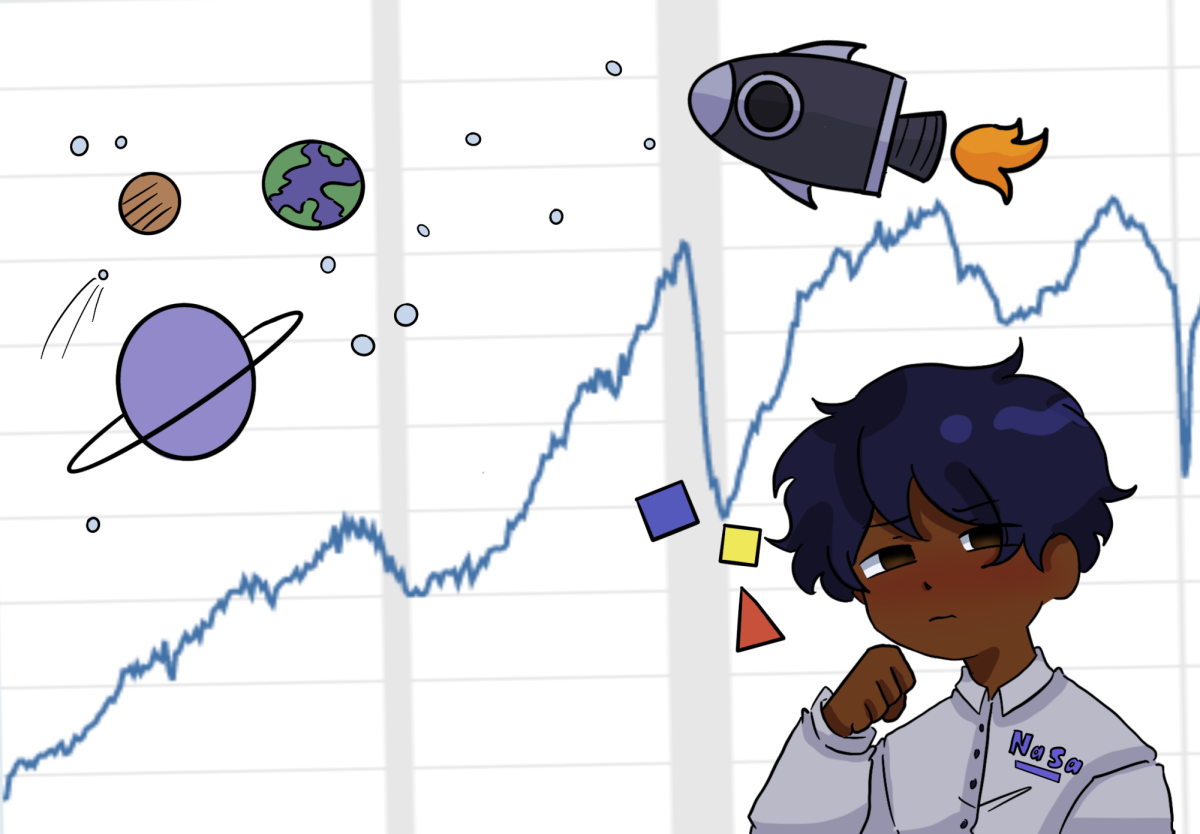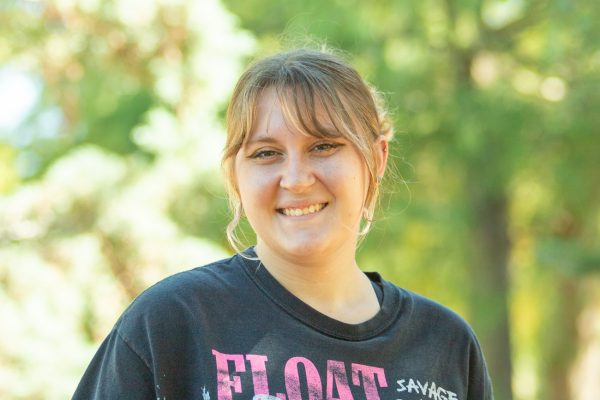NASA’s new Artemis III mission plans to land the first woman and the second man on the Moon in 2026. Colonizing the Moon is the finish line. Still, there are numerous factors to consider when discussing humans living on the Moon. Wichita State University is leading a project addressing one of those challenges.
The project is a collaboration between WSU and several institutions, including the University of Kansas, Kansas State University, the NASA Ames Research Center, and the NASA Marshall Flight Space Center. It is funded by a $750,000 grant from NASA.
WSU’s Wujun Si, an assistant professor of industrial, systems and manufacturing engineering, and Atri Dutta, an associate professor of aerospace engineering, are currently working on the first stage.
“We can see this very huge potential and very real need for in-space manufacturing in the very near future,” Si said.
Behind the project
The project is titled “Physics-Informed-AI Enabled Smart Electrospinning of Nanofiber Membranes Towards In-Space Manufacturing.” In-space manufacturing (ISM) opens up the possibility of building factories, parts and places to live — all without having to rely on Earth.
The ability to manufacture in space increases the rate of in-space development as it reduces the need for resupply missions back to Earth. It also saves the materials from having to withstand the rocket launch from Earth.
The International Space Station (ISS) has a 3D printer to manufacture parts and tools in space. A 3D printer builds its products layer-by-layer — a technique called additive manufacturing.
In 2014, the first object to be made in space was manufactured. From 2016 to 2019, the Additive Manufacturing Facility on the ISS produced 155 products, with more since then.
ISM research is currently centered around additive manufacturing. In the aerospace industry, additive manufacturing makes it possible to build geometrically complex objects efficiently to save on materials.
In additive manufacturing, the materials fed into the processor to create a product is called the “feedstock.” The feedstock could be in the form of a paste, liquid, wire or powder. Throughout the process, the feedstock is fused and melted, often by a laser, in order to consolidate the parts.
While additive manufacturing transcends traditional manufacturing in terms of creative versatility, there are disadvantages. Additive manufacturing is not always able to consistently produce reliable products. The process of additive manufacturing is also dependent on gravity.
“If we have no gravity … we cannot print layer-by-layer using the traditional 3D printing technology,” Si said.
The atmosphere in space has little to no gravity and no atmospheric pressure acting on objects. Because of this, Si said “the manufacturing paradigm is totally different.”
The WSU-led, in-space manufacturing project is testing how electrospinning can complement additive manufacturing. Si said that the currently available research on electrospinning is “sparse,” and the project will test the capability.
Electrospinning is powered by electrons and does not need gravity. To begin, a polymer solution is contained — usually in a syringe and pumped through a blunt needle. When the electricity makes contact with the needle, the liquid droplets form a cone. The high voltage causes the solution to violently whip around the interior, creating solid fibers.
To create nanofiber membranes, the existing electrospinning device is used with additional setups to produce nano-level materials. Si said the current materials they are working with are the size of the edge of paper, whereas additive manufacturing results in macroscale materials.
The project is divided into three tasks: lab testing and development, lab testing and material characterization, and the integration of the previous tasks. The final process is theoretical work to develop the new machine’s algorithms.
Si and Dutta are also working on subsequent proposals. Due to competition within the industry, they cannot reveal specific details on future projects.
The professors said that while the current project is testing basic materials, the next projects will use data from Artemis II and III in order to build more complex materials that will fit the Moon’s conditions.
“This is just a starting point,” Si said.





